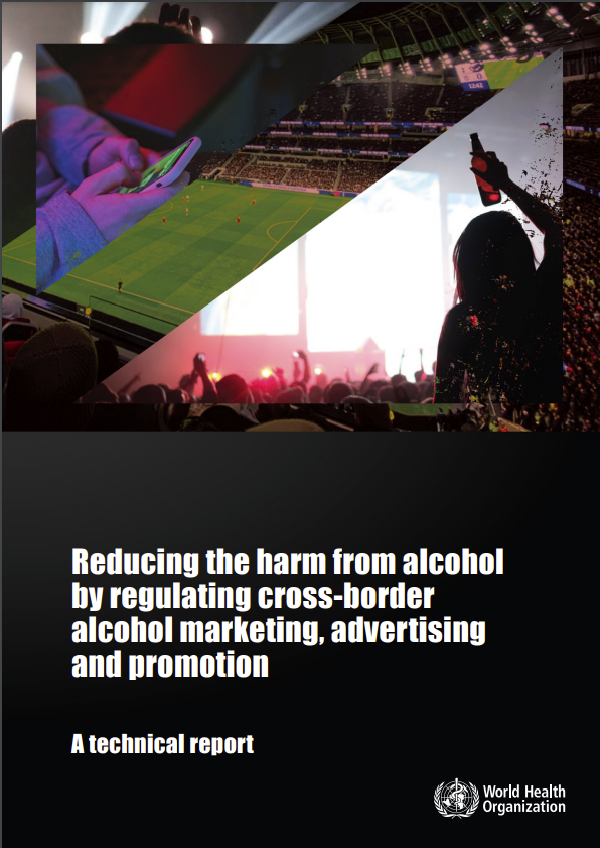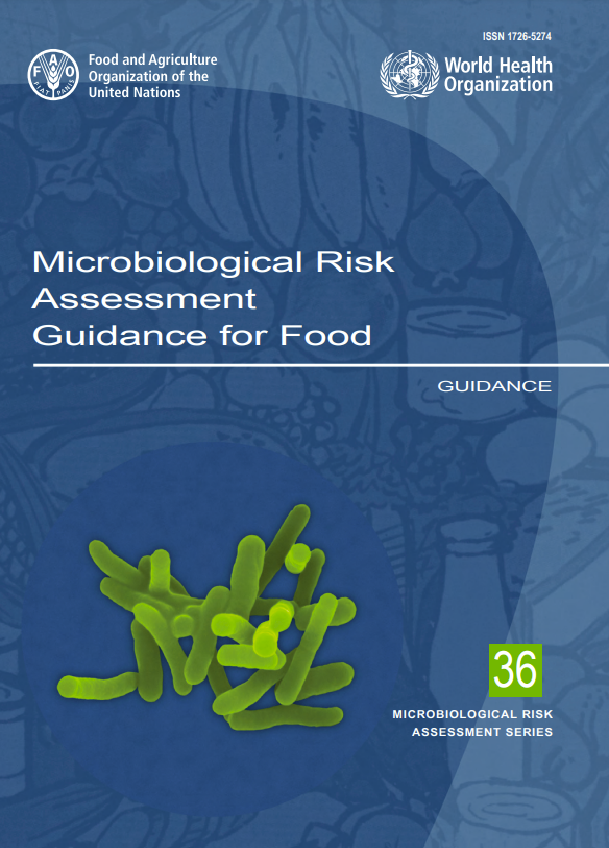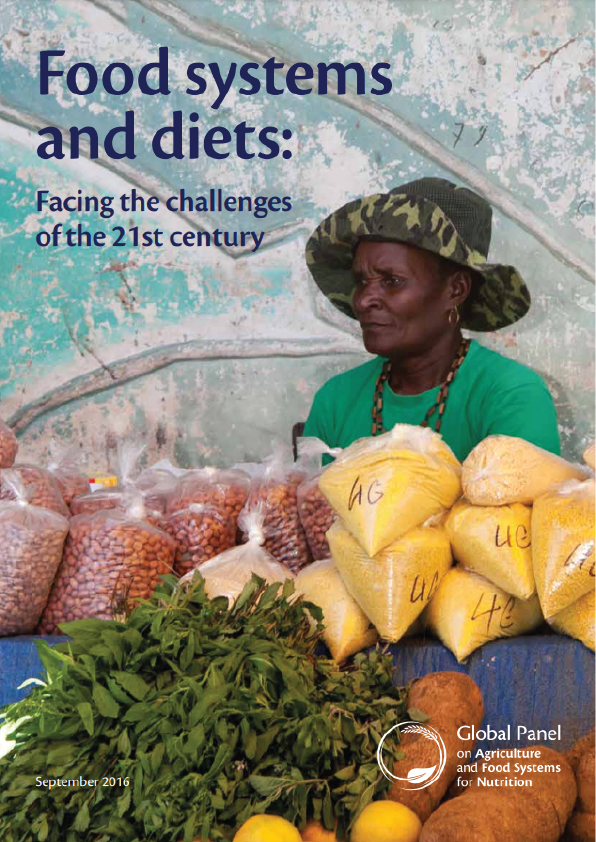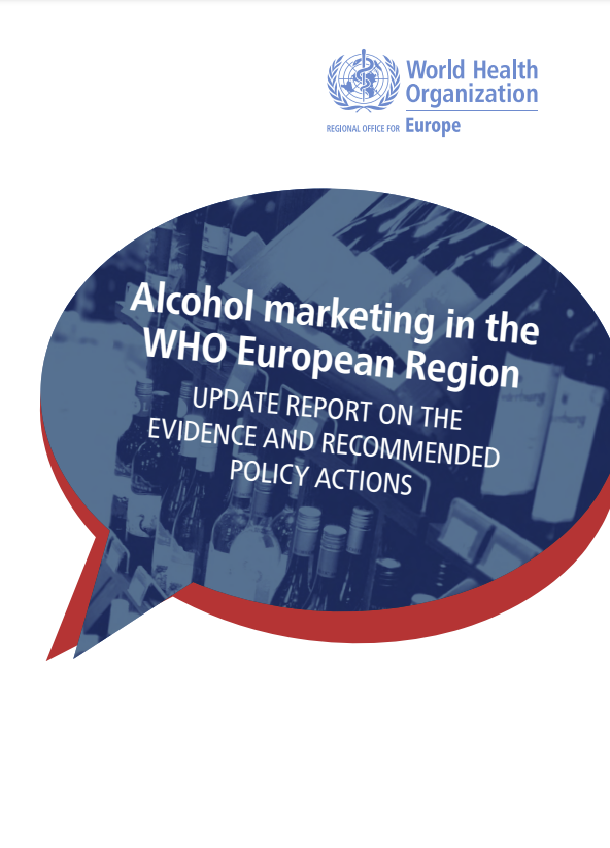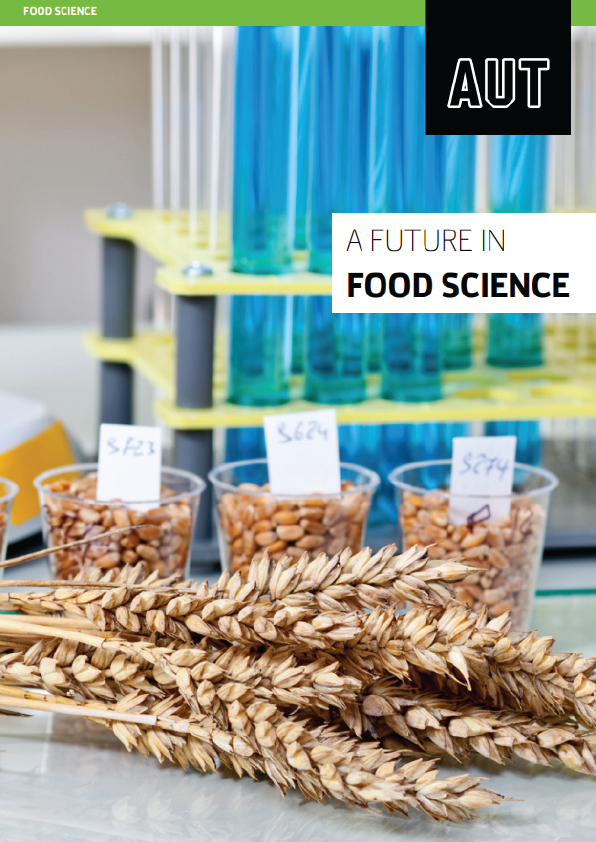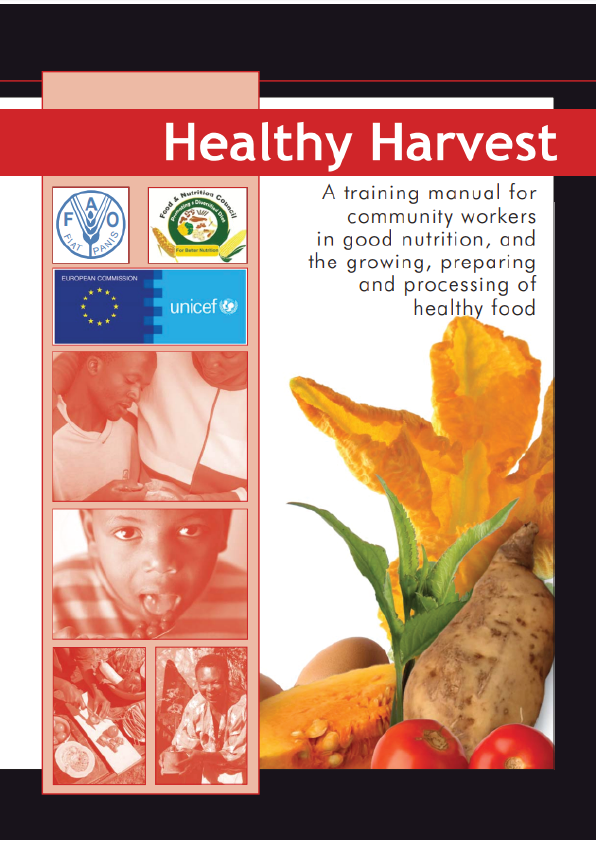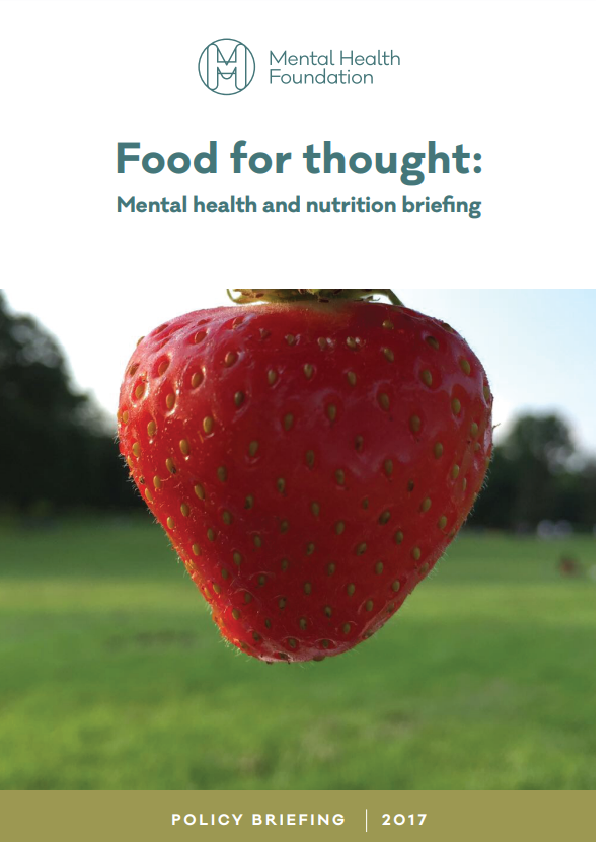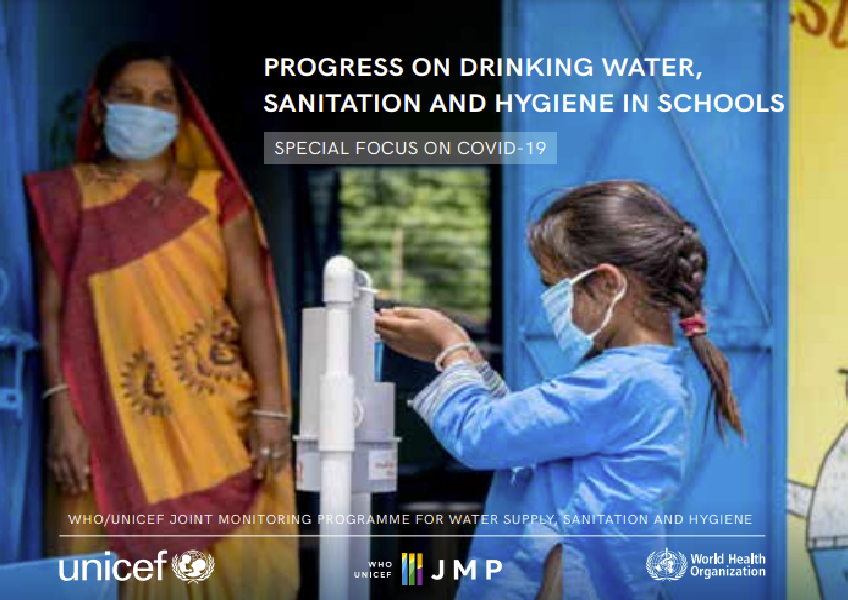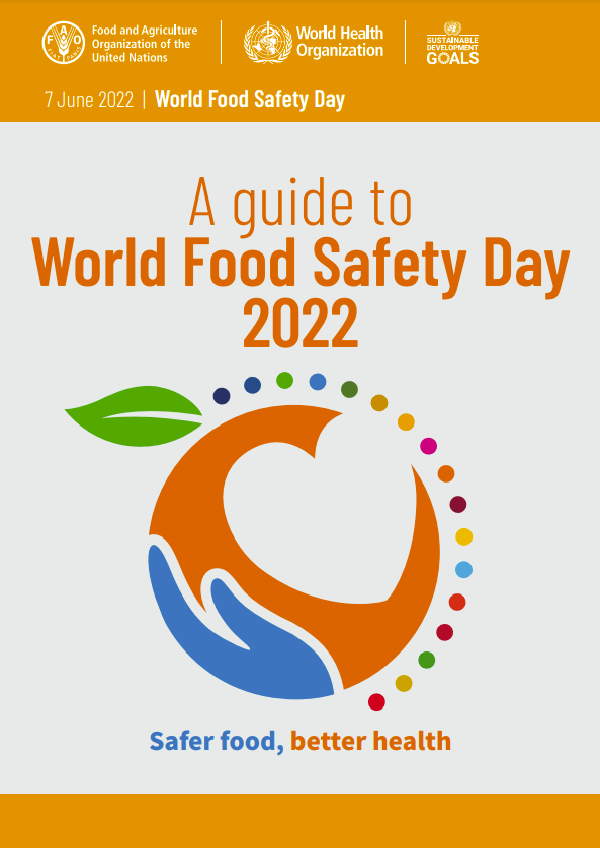At its 146th session in February 2020, the Executive Board requested the Director-General to develop an action plan (2022–2030) that would effectively implement the Global strategy to reduce the harmful use of alcohol (referred to below as the “Global alcohol strategy”) as a public health priority, in consultation with the Member States and relevant stakeholders, for consideration by the Seventy-fifth World Health Assembly, through the Executive Board at its 150th session in 2022. Through the same decision, the Executive Board requested the Director-General to develop “a technical report on the harmful use of alcohol-related to cross-border alcohol marketing, advertising, and promotional activities, including those targeting youth and adolescents, before the 150th session of the Executive Board, which could contribute to the development of the action plan”.
This technical report describes alcohol as “a commodity of concern to public health” and draws attention to the fact that alcohol products are increasingly being marketed across national borders – often by digital means – and often regardless of the social, economic or cultural environment in receiving countries. Studies show that the marketing of alcohol increases alcohol consumption, that targeted marketing increases consumption among the targeted audiences, and that such marketing frequently appeals most to heavy drinkers.
The Global alcohol strategy, which was endorsed by the Sixty-third World Health Assembly in May 2010 through resolution WHA63.13, defines marketing as: “Any form of commercial communication or message that is designed to increase, or has the effect of increasing, the recognition, appeal and/or consumption of particular products and services. It could comprise anything that acts to advertise or otherwise promote a product or service”. The strategy emphasizes the need to reduce the impact of marketing “particularly on young people and adolescents…. The exposure of children and young people to appealing marketing is of particular concern”.1 WHO’s Global action plan for the prevention and control of noncommunicable diseases 2013–2020 provides that “enacting and enforcing bans or comprehensive restrictions on exposure to alcohol advertising” is a highly costeffective intervention to protect health.
Cross-border marketing includes both outflowing marketing (originating from a state’s territory) and inflowing marketing (entering a state’s territory). A high proportion of alcohol is produced and marketed by transnational alcohol companies who are also among the highest spenders worldwide on advertising and promotion. Globalization and the growth of digital technologies have made crossborder marketing of alcohol more common, with marketing frequently originating in and controlled from locations outside the receiving country. The report summarizes the range of alcohol marketing practices intended to increase the use of alcoholic beverages and to find new groups of consumers. Classic advertising methods, whether for product or corporate branding, and sponsorship of largescale (and often internationally broadcast) sports and cultural events, are now accompanied by more evident product placement in films and television shows aimed at international markets, corporate social responsibility campaigns that serve to promote brands, and social media promotion.
While alcohol is rated as one of the most harmful psychoactive substances for global health and in populations with high prevalence of alcohol consumption, controls on its marketing are much weaker than those for other psychoactive products. While all should treat alcohol consumption with caution, some population groups need protection against alcohol marketing. One such group is children and adolescents, but others in need of protection are dependent drinkers or people with alcohol use disorders and persons who seek support in their decision to abstain. A common finding is that well over half of the alcohol consumed by a population is drunk by 20% of current drinkers, making heavy and dependent drinkers a crucial target for alcohol sales and advertising. Alcohol-dependent patients frequently report a stronger urge to drink alcohol when confronted with alcohol-related cues, yet such persons rarely have an effective way to avoid the content of the advertising or promotion. Similarly, large population groups abstain from drinking alcohol for personal, social or religious reasons, especially women, and yet cannot easily abstain from receiving alcohol promotion.
Although consumption of alcohol in low-income countries is much lower than in high-income countries, the rate of alcohol-attributable harms is higher. The “harm per litre” is also much higher for poorer persons than for richer ones. In terms of health equity, there are strong arguments for limiting the marketing and promotion of alcohol more stringently where the audience is poorer and with fewer resources. Decisions about controls on alcohol marketing need to take this factor into account. Similarly, while three quarters of the alcohol that the world drinks is consumed by males, alcohol marketers tend to see the lower rate of women drinking as an opportunity to encourage more to drink, often depicting drinking by women as a symbol of empowerment and equality. However, studies of domestic violence show that violence against the woman is more likely if the woman as well as the man has been drinking, which may decrease rather than increase her power in an intimate relationship.
Much of the growth of alcohol marketing is on social media. The collection and analysis of data on users’ habits and preferences by global Internet providers has provided alcohol marketers with growing opportunities to target persuasive messages more precisely to specific groups. Products can be branded differently for different audiences in different countries. Targeted advertising on social media is especially effective, not only because it makes use of in-depth data on users’ interests and behaviours, but because its impact can be strengthened by social influence. While this happens more explicitly through “social influencers” (who may be paid to promote products or may be unpaid), it can also involve promoting advertisements for brands/products that “friends” have “liked”. This form of peer-to-peer marketing blurs the boundaries between marketing content and online peer activities. Alcohol portrayals on social media platforms are common and overwhelmingly show alcohol positively. These developments in digital marketing and technology have emerged recently and rapidly, posing challenges for regulation. The fast-changing digital ecosystem and the methods employed to invade online personal spaces with alcohol marketing show the urgent need for concerted action by countries and international institutions.
Economic and market interests have generally taken priority over health interests in trade and investment negotiations, and disputes involving alcohol. Care is needed to ensure that such negotiations do not limit states’ capacity to regulate the cross-border marketing of alcohol. Countries have the authority to regulate marketing when it reaches inside their borders, and online marketing is essentially cross-border in nature. In 66% of countries, there is no specific regulation of digital alcohol marketing by governments, with partial restrictions in only 17% and a ban in 18%.
Controlling the cross-border marketing of attractive but problematic items for consumption – in this case, alcoholic beverages which are no ordinary commodity – requires substantial coordination and sustained attention at national, bilateral and multilateral levels. The public health interest in protecting minors and people with alcohol use disorders is served by strong national regulation of alcohol marketing. Since much of today’s alcohol marketing has a cross-border aspect to it, the control of cross-border marketing must be an integral part of any national efforts to limit harms from alcohol. These national efforts can be supported by appropriate co-regulatory interventions. Analysis of alcohol company codes of conduct has not demonstrated evidence of their effectiveness in reducing the harmful use of alcohol. There may be a role for non-state actors to play in this, but the public health-oriented restrictions on cross-border marketing should be developed by governments, based on public health interests and informed by the best available public health evidence, and persons or organizations with a conflict of interest should not be involved in the formulation of these policies and regulations. In addition, regulations on alcohol marketing are most effective when backed by mechanisms for ensuring compliance, monitoring and enforcement.
The report concludes that bilateral and multilateral cooperation and support between states can augment national regulatory efforts. At the national level, the control or prohibition of alcohol marketing, including its cross-border aspects, should be an integral part of public health strategies to reduce the harmful use of alcohol and to limit harms resulting from alcohol. At the international level, the cross-border aspects of alcohol marketing mean that its effective control requires collaboration between states and an international mechanism for effective cooperation in this area. International cooperation is typically premised on a strong need for action or a high degree of commonality between the laws of the countries in question. In this sense, some degree of consensus on the need to regulate cross-border marketing may be a necessary precursor to successful international cooperation.
